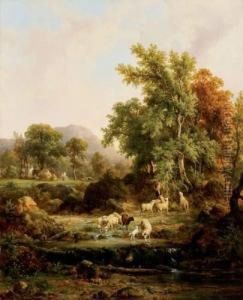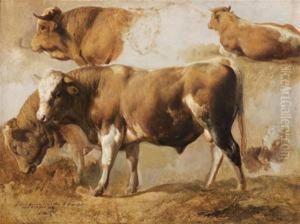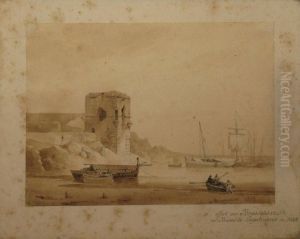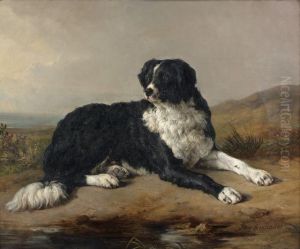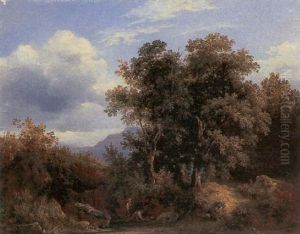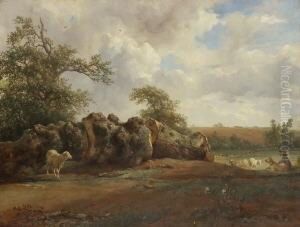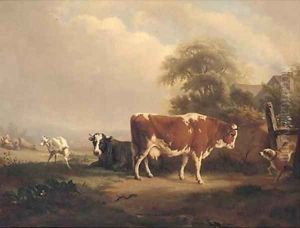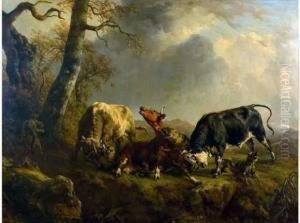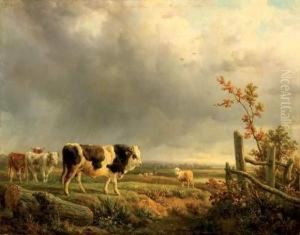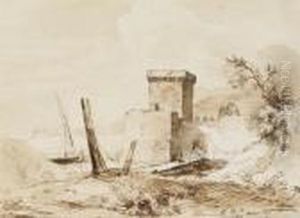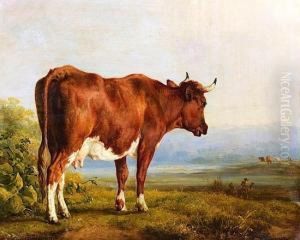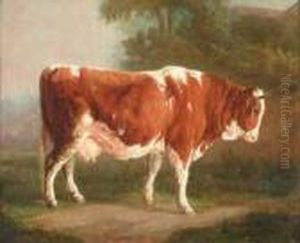Jacques Raymond Bracassat Paintings
Jacques Raymond Bracassat was a French painter born on August 30, 1804, in Bordeaux, France. He is primarily recognized for his works in the Romantic style, particularly focused on landscapes and animal paintings. Bracassat showed an early aptitude for art and consequently moved to Paris to study at the École des Beaux-Arts.
During his studies, he was under the tutelage of renowned painters such as Jean-Baptiste Regnault and Antoine-Jean Gros, both of whom played a significant role in shaping his style and artistic direction. Bracassat's passion for nature and animals was evident in his works, which often depicted pastoral scenes, livestock, and the rural countryside with a dramatic and emotive flair that was characteristic of the Romantic movement.
Bracassat achieved considerable success during his lifetime. He exhibited at the Salon, the official art exhibition of the Académie des Beaux-Arts in Paris, and received a medal for his work in 1827. His reputation grew, and he became known for his realistic portrayal of animals, especially cattle. His skill in rendering the texture of fur and the musculature of animals in naturalistic settings was highly praised.
In addition to his animal paintings, Bracassat also painted landscapes and some historical scenes. His landscapes often captured the atmospheric conditions of the natural world, showing the influence of the Barbizon school, which emphasized the beauty and power of nature.
Despite his success, Bracassat's life was not without challenges. He suffered from health issues later in life, which affected his ability to work. Nevertheless, he continued to paint and exhibit his works until his death on February 28, 1867, in Paris. Today, Bracassat's paintings can be found in various museums and collections around the world, and he is remembered as a significant figure in the Romantic movement, particularly in the genre of animal painting.


